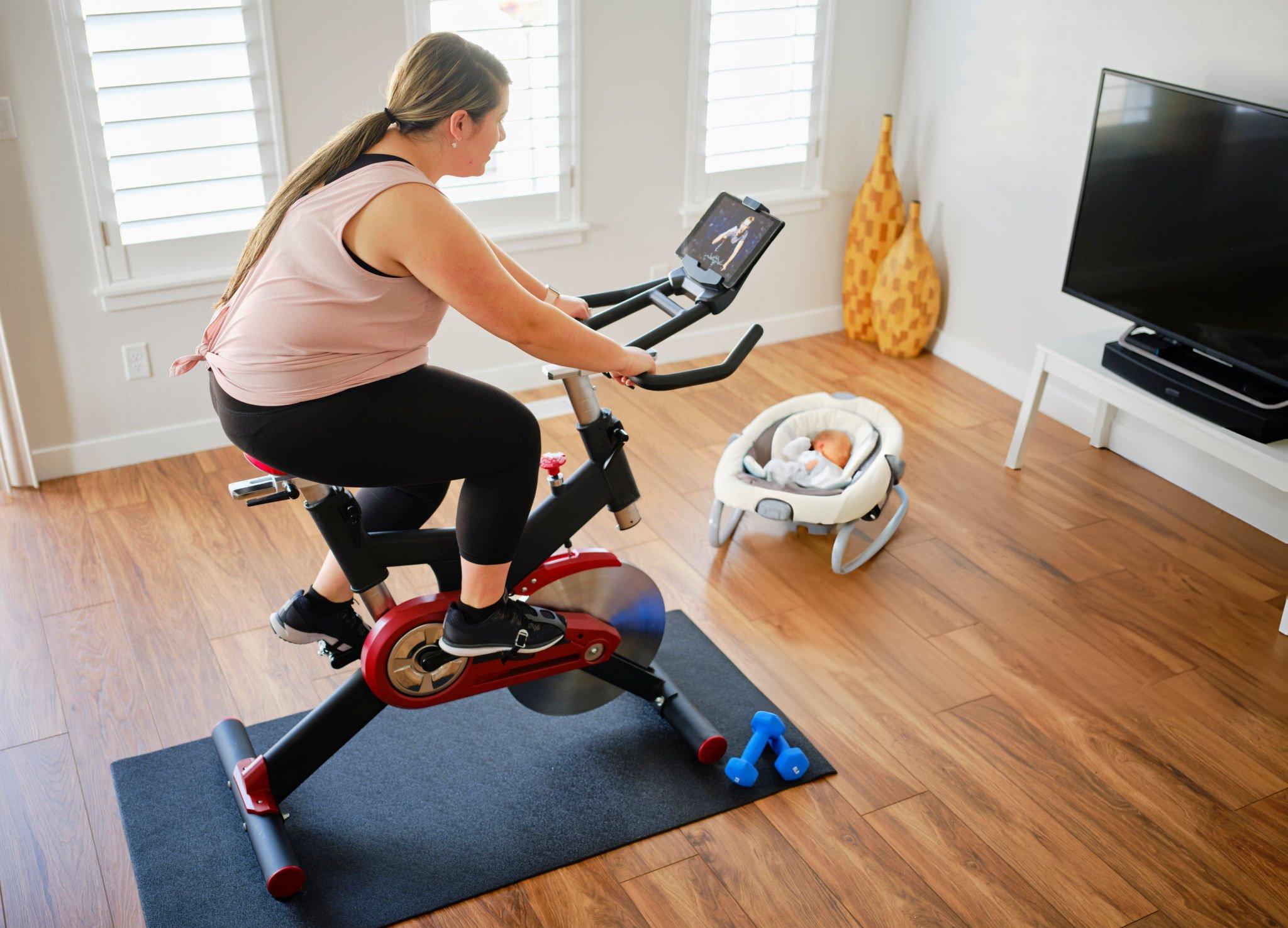6-Week Postpartum Weight Loss Guide: Exercises & Safe Timeline
After childbirth, many new mothers aspire to regain their pre-pregnancy fitness level. This journey begins with understanding safe and effective postpartum weight loss exercises, emphasizing the importance of listening to your body and seeking medical clearance.

General Guidelines for Postpartum Exercise: Take it Step by Step, Mama!
Getting back into shape after childbirth is a marathon, not a sprint. Here are some key principles to guide you on this journey:
- Start Low, Go Slow: Remember, your body has just accomplished an amazing feat! Don't jump back into your pre-pregnancy routine; listen to your body and start with gentle activities. Gradually increase the intensity and duration of your workouts as your strength and endurance return.
- Low-Impact is Your Friend: Exercises that minimize stress on your joints are ideal for postpartum recovery. Think walks in the park with your stroller, splashing around in the pool, or gentle yoga flows that focus on stretching and strengthening. These activities will help you regain energy and improve your mood without pushing your body too hard.
- Core & Pelvic Floor: The Powerhouse Duo: These muscle groups often take a hit during pregnancy and childbirth. Strengthening them is crucial for good posture, reducing back pain, and preventing incontinence. Don't worry, we'll delve deeper into specific exercises for these areas in a moment.
- Listen to Your Body, It's Your Wise Guide: Pain is your body's way of telling you something's not right. If you experience any discomfort during exercise, stop immediately and consult your doctor. There's no shame in taking a break; your well-being is the top priority.
Specific Postpartum Exercises: Move with Confidence!
Now that we've covered the ground rules, let's explore some fantastic exercises you can incorporate into your routine:
- Walking: The OG of low-impact exercise! It's free, convenient, and a great mood booster. Start with short walks around the block and gradually increase the distance and pace as you feel stronger. Bonus points for incorporating your little one with a stroller walk!
Benefits: Improves cardiovascular health, boosts energy levels, promotes weight management, and can even help combat postpartum depression.
Tips: Wear comfortable shoes that provide good support. Start with short walks (10-15 minutes) and gradually increase them. Hydrate before, during, and after your walk. As you get stronger, consider incorporating hills or light jogging intervals for an extra challenge.
- Deep Belly Breathing with Abdominal Contraction: This exercise strengthens your core and improves your connection with your breath.
Instructions: Lie on your back with knees bent and feet flat on the floor. Place one hand on your chest and the other just below your rib cage. Inhale slowly and deeply through your nose, feeling your belly inflate (not your chest). As you exhale, gently contract your abdominal muscles, drawing your belly button towards your spine. Imagine you're trying to gently zip up an imaginary corset around your torso. Inhale and relax your muscles. Repeat 10-15 times.
Benefits: Improves core strength, posture, and helps with relaxation.
- Kegels: These exercises target your pelvic floor muscles, which are essential for bladder and bowel control.
Instructions: Imagine you're trying to stop the flow of urine midstream (without actually stopping it!). Tighten the muscles around your urethra and vagina, holding for a few seconds. Then relax. Repeat 10-15 times.
Benefits: Improves bladder control, prevents incontinence, and can even enhance intimacy.
These tips are just the starting point of:
- 10 Life-Changing Weight Loss Tips For Busy Mothers.
- Pregnancy Breakfast Foods: Top Choices For Moms-To-Be.
Postpartum Exercise Timeline

- Weeks 1-6: Early Recovery
- Focus on gentle movements like walking and deep breathing exercises.
- Importance of pelvic floor exercises to aid in healing.
- Weeks 6-12: Gradual Intensification
- Introduction of low-impact aerobic exercises such as swimming or stationary cycling.
- Start incorporating core strengthening exercises under guidance.
- Months 3-6: Building Stamina
- Progression to moderate-intensity activities like yoga or light jogging.
- Continued focus on pelvic floor exercises and core strength.
- Months 6-12: Establishing Routine
- Emphasis on maintaining a regular exercise routine with a mix of cardio and strength training.
- Consulting a postpartum fitness trainer for personalized guidance.
Additional Resources: Empowering Your Postpartum Journey
Remember, mama, you're not alone on this journey! Here are some resources to support you:
- Online Resources: Numerous websites and apps offer postpartum exercise routines specifically tailored to different stages of recovery. such as Mayo Clinic's Guide to Postpartum Exercises
- Libraries: Many libraries have a wealth of information on postpartum health and fitness like American College of Obstetricians and Gynecologists' Recommendations
- Certified Postpartum Fitness Trainer: Consider consulting a certified professional who can design a personalized exercise program based on your individual needs and goals. maybe you can check Certified PreNatal Fitness
Conclusion
Engaging in postpartum weight loss exercises not only aids in physical recovery but also boosts mental well-being. By incorporating these guidelines and exercises into your routine, you'll be well on your way to regaining your strength, improving your mood, and feeling confident in your postpartum body. Remember, mama, you're amazing!
Frequently asked questions
When can I start exercising after childbirth?
Typically, after your doctor gives clearance, usually around 4-6 weeks postpartum.
Are there exercises I should avoid during the postpartum period?
Yes, high-impact exercises and heavy lifting should be avoided initially.
How often should I exercise for postpartum weight loss?
Aim for at least 150 minutes of moderate-intensity exercise per week, as recommended by health guidelines
Can postpartum exercises help with abdominal separation?
Yes, specific exercises like deep belly breathing and core strengthening can aid in healing diastasis recti.
What if I experience pain during postpartum exercises?
Stop immediately and consult with your healthcare provider to assess the cause and adjust your routine accordingly.





